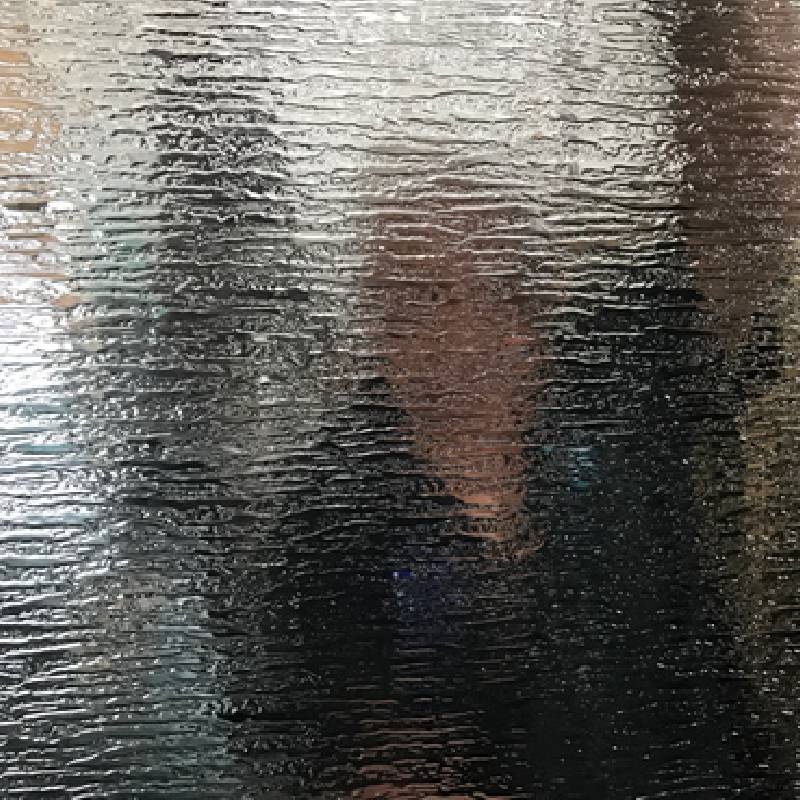The Art and Utility of Acid Etched Glass
Acid etched glass is a remarkable material that blends aesthetics and functionality, making it a popular choice in various architectural and design applications. The process of acid etching involves applying a mixture of hydrofluoric acid and water to the surface of glass, resulting in a beautifully frosted texture. This method not only alters the appearance of the glass but also enhances its properties, creating a versatile medium for artists, architects, and designers alike.
One of the primary advantages of acid etched glass is its ability to diffuse light while maintaining a level of privacy. This quality makes it an excellent choice for applications in homes and commercial spaces where natural light is desired, but visual privacy is paramount. For instance, glass doors, windows, and room dividers are often designed with acid etching to allow light to flow through while obscuring the view. In bathrooms, this adds a touch of elegance while ensuring privacy.
Beyond functional uses, acid etched glass serves as a canvas for artistic expression. Artists can customize designs, patterns, and images through the etching process, creating unique pieces that enhance interior spaces. From intricate floral designs to sleek geometrical patterns, the possibilities are virtually limitless. This adaptability makes acid etched glass a popular choice for decorative panels, signage, and art installations in galleries and public spaces.
acid etched glass
The durability of acid etched glass is another significant advantage. Unlike traditional frosted glass, which can wear down and lose its texture over time, acid etched surfaces remain intact, offering longevity and low maintenance. Additionally, the surface is less prone to scratches and damage, making it suitable for high-traffic areas.
Sustainability is becoming increasingly important in design and architecture, and acid etched glass aligns with this trend. The glass itself can be recycled and reused, and the acid etching process generates less waste compared to other decorative glass treatments. This eco-friendly nature appeals to environmentally conscious consumers and designers who seek sustainable solutions in their projects.
In the realm of modern design, acid etched glass is not only valued for its aesthetic contributions but also for its ability to create harmonious environments. By incorporating this material into their designs, architects and interior designers can achieve a sophisticated look while addressing practical needs. Whether used as partitions in open-concept spaces or as embellishments in furniture design, acid etched glass adds a refined touch that elevates any setting.
In conclusion, acid etched glass is an ingenious combination of beauty and practicality. Its capacity to diffuse light, ensure privacy, provide artistic opportunities, and offer durability makes it a preferred material in contemporary design. As we continue to innovate and seek sustainable solutions, acid etched glass stands out as a timeless choice that meets both aesthetic and functional demands.
 Afrikaans
Afrikaans  Albanian
Albanian  Amharic
Amharic  Arabic
Arabic  Armenian
Armenian  Azerbaijani
Azerbaijani  Basque
Basque  Belarusian
Belarusian  Bengali
Bengali  Bosnian
Bosnian  Bulgarian
Bulgarian  Catalan
Catalan  Cebuano
Cebuano  Corsican
Corsican  Croatian
Croatian  Czech
Czech  Danish
Danish  Dutch
Dutch  English
English  Esperanto
Esperanto  Estonian
Estonian  Finnish
Finnish  French
French  Frisian
Frisian  Galician
Galician  Georgian
Georgian  German
German  Greek
Greek  Gujarati
Gujarati  Haitian Creole
Haitian Creole  hausa
hausa  hawaiian
hawaiian  Hebrew
Hebrew  Hindi
Hindi  Miao
Miao  Hungarian
Hungarian  Icelandic
Icelandic  igbo
igbo  Indonesian
Indonesian  irish
irish  Italian
Italian  Japanese
Japanese  Javanese
Javanese  Kannada
Kannada  kazakh
kazakh  Khmer
Khmer  Rwandese
Rwandese  Korean
Korean  Kurdish
Kurdish  Kyrgyz
Kyrgyz  Lao
Lao  Latin
Latin  Latvian
Latvian  Lithuanian
Lithuanian  Luxembourgish
Luxembourgish  Macedonian
Macedonian  Malgashi
Malgashi  Malay
Malay  Malayalam
Malayalam  Maltese
Maltese  Maori
Maori  Marathi
Marathi  Mongolian
Mongolian  Myanmar
Myanmar  Nepali
Nepali  Norwegian
Norwegian  Norwegian
Norwegian  Occitan
Occitan  Pashto
Pashto  Persian
Persian  Polish
Polish  Portuguese
Portuguese  Punjabi
Punjabi  Romanian
Romanian  Russian
Russian  Samoan
Samoan  Scottish Gaelic
Scottish Gaelic  Serbian
Serbian  Sesotho
Sesotho  Shona
Shona  Sindhi
Sindhi  Sinhala
Sinhala  Slovak
Slovak  Slovenian
Slovenian  Somali
Somali  Spanish
Spanish  Sundanese
Sundanese  Swahili
Swahili  Swedish
Swedish  Tagalog
Tagalog  Tajik
Tajik  Tamil
Tamil  Tatar
Tatar  Telugu
Telugu  Thai
Thai  Turkish
Turkish  Turkmen
Turkmen  Ukrainian
Ukrainian  Urdu
Urdu  Uighur
Uighur  Uzbek
Uzbek  Vietnamese
Vietnamese  Welsh
Welsh  Bantu
Bantu  Yiddish
Yiddish  Yoruba
Yoruba  Zulu
Zulu 

